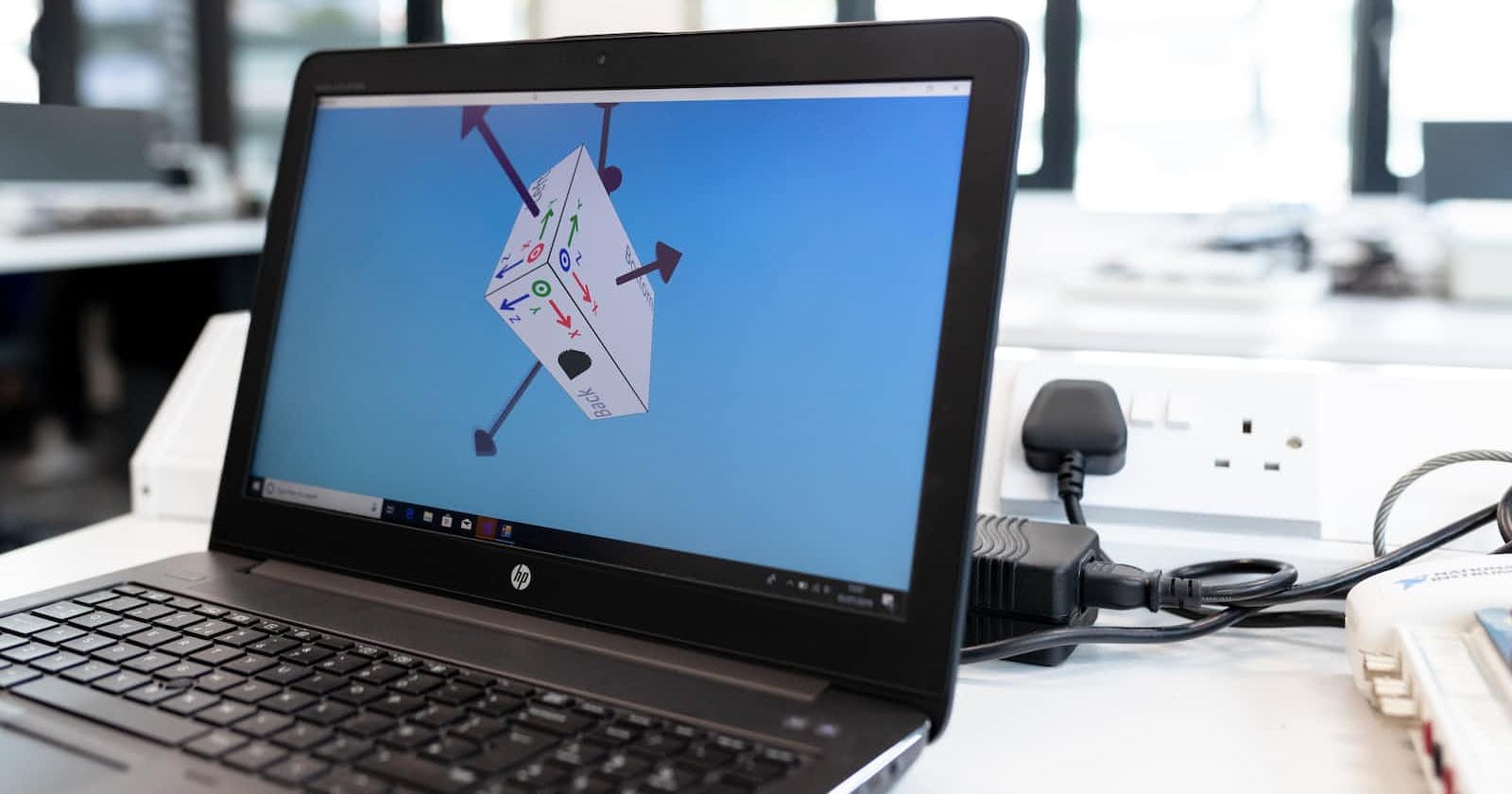
Application and Software Modernization: Concepts, Pros/Cons & Best Practices
Introduction:
The process of modernizing or altering existing applications and software systems to harness modern technology, increase performance, enhance user experience, and fit with current business goals is referred to as application and software modernization, in other words also called legacy software modernization. Migrating to the cloud, using a microservices architecture, restructuring code, changing user interfaces, and/or integrating new functionalities are all examples of modernization. Let's look at the concepts, advantages and downsides, and recommended practices regarding application and software modernization.
Concepts:
Legacy systems are obsolete software applications created using older technologies, architectures, or programming languages. They frequently lack scalability and flexibility, and they may have security flaws.
Approaches to Modernization: There are several people providing software modernization services and all of them have varied approaches to modernizing applications and software systems. Some common approaches include:
Refactoring: Refactoring is the process of restructuring an existing software program while retaining its outward behavior to make it more modular, maintainable, and scalable.
Replacement: Replacement entails completely replacing the legacy system with a commercial off-the-shelf (COTS) or software-as-a-service (SaaS) solution.
Rearchitecting: Redesigning the application's architecture, generally using microservices or service-oriented architecture (SOA).
Replatforming: Replatforming is a legacy software modernization process that involves moving legacy programs to a different infrastructure, such as the cloud or virtual machines.
Ground Up Rebuild: Rebuilding entails rewriting the application from the ground up, frequently using contemporary frameworks and technologies.
The Pros:
Pros of legacy software modernization include:
Cost Savings: Through cloud adoption, automation, and streamlined procedures, modernization can lead to lower operational expenses. It may also save money on the price of maintaining obsolete technologies.
Improved Performance: Modernization can improve application performance and scalability, allowing them to handle larger workloads more efficiently.
User Experience Improvements: Improving the user interface (UI) and user experience (UX) of a program can make it more intuitive, user-friendly, and visually appealing.
Easier Maintenance: Modernised applications can take advantage of modern development practices and technology, allowing for faster iterations, better maintenance, and the ability to adapt to changing business requirements.
Integration and communication: Modernised apps can better interact with other systems and technologies, allowing for seamless data interchange and increased team communication.
The Cons:
Software modernization services help in many ways but do not come without associated risks.
High Risk: Modernising complicated systems can create risks such as data loss, system outages, and business operations interruptions.
Complexities. Legacy software modernization is a complex process that necessitates meticulous planning, testing, and mitigating multiple methods.
Compatibility concerns: When integrating modernized apps with current systems or third-party services, compatibility concerns may arise, necessitating more effort for flawless integration.
Modernization initiatives can be resource-intensive and time-consuming, requiring tasks such as code modification, rewriting, and retesting. They necessitate trained staff and meticulous project management.
Application and Software Modernization Best Practises:
Comprehensive Assessment: Begin by reviewing existing systems, identifying pain spots, assessing business requirements, and choosing the best modernization strategy.
Break Down: Break down the modernization process into smaller, more manageable segments or components. This enables iterative development, lowers risks, and incremental value delivery.
Cloud Compatibility: Consider transferring applications to the cloud to take advantage of its scalability, flexibility, and cost-effectiveness. Based on your needs, select the best cloud platform.
Robust Testing Strategy: Invest in extensive testing, including unit, integration, and performance tests, to ensure the stability and reliability of modernized applications.
UX / UI: Prioritise user experience and include people in the design process to build intuitive interfaces that satisfy their requirements and expectations.
Documentation and Knowledge Transfer: Maintain thorough documentation throughout the modernization process to aid in system comprehension and knowledge transfer between teams.
Security and Compliance: Address security risks by deploying current security measures, conducting security audits, and ensuring regulatory compliance.
Continuous Monitoring and Maintenance: Monitor and analyze modernized applications regularly to discover and resolve issues as they arise. Install monitoring and warning systems that are automated.
T & D: Invest in training and upskilling your development workforce to become familiar with new technologies, architectures, and best practices.
Conclusion:
Remember that each legacy software modernization initiative is unique and should be adapted to the organization's individual needs by the software modernization service provider. It is preferable to consult stakeholders, seek professional advice, and adapt best practices to your situation.
